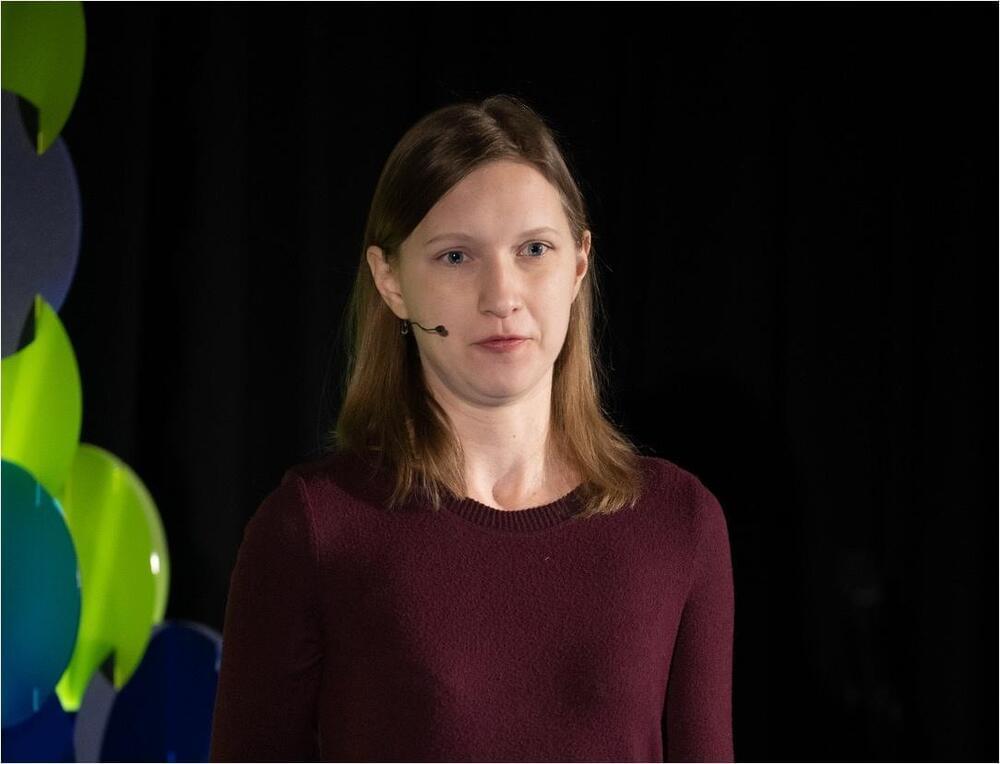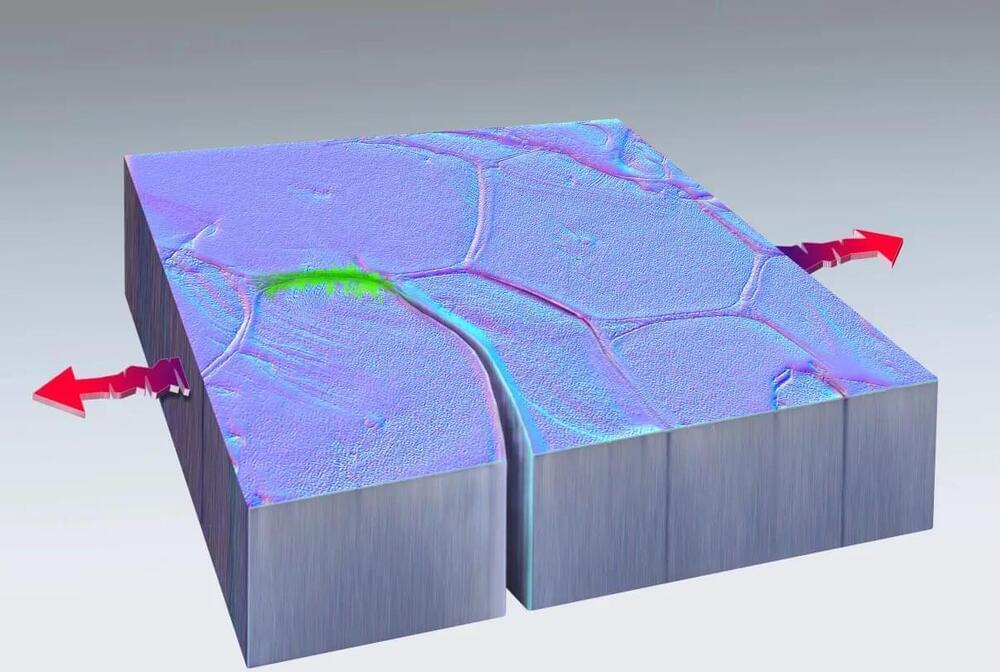Inside Character. AI’s disheveled Palo Alto, California headquarters, employees at first appear to be hard at work, glued to their computer monitors. But rather than coding, many of them are engrossed in lively group chats with their colleagues and the AI chatbot characters that Character has become known for. Now, thanks to a new group chat function the startup launched Wednesday, they were chatting with work friends along with bots that anyone can build to create the illusion that you’re actually talking to the likes of Napoleon Bonaparte, Tony Stark or Lucifer.
“The feature was good enough that people stopped working sometimes to use it,” cofounder Daniel De Freitas told Forbes. De Freitas,… More.
The unicorn AI startup is bringing bots that make it sound like you’re talking to well known people like Taylor Swift into interactions with friends.








